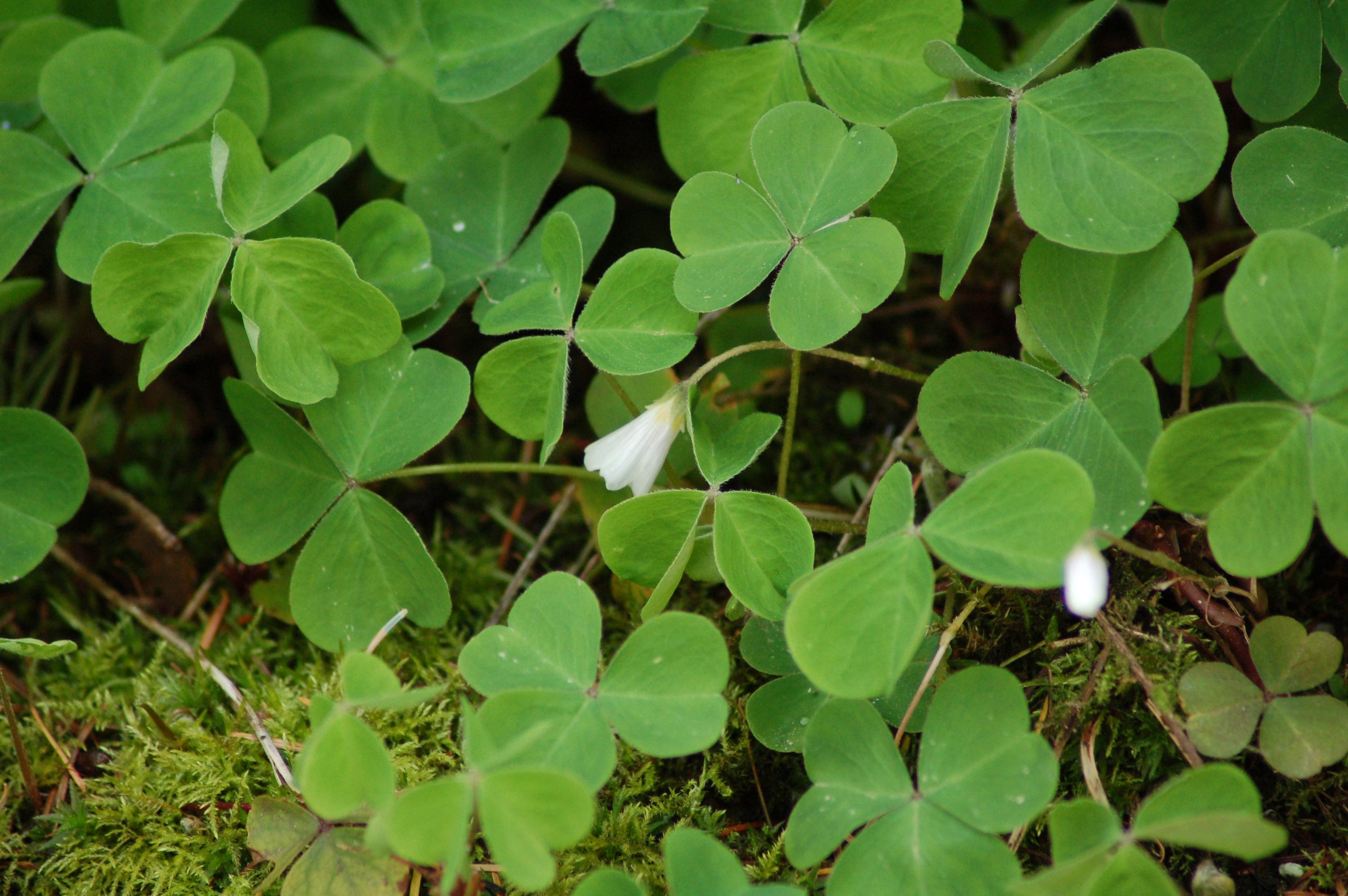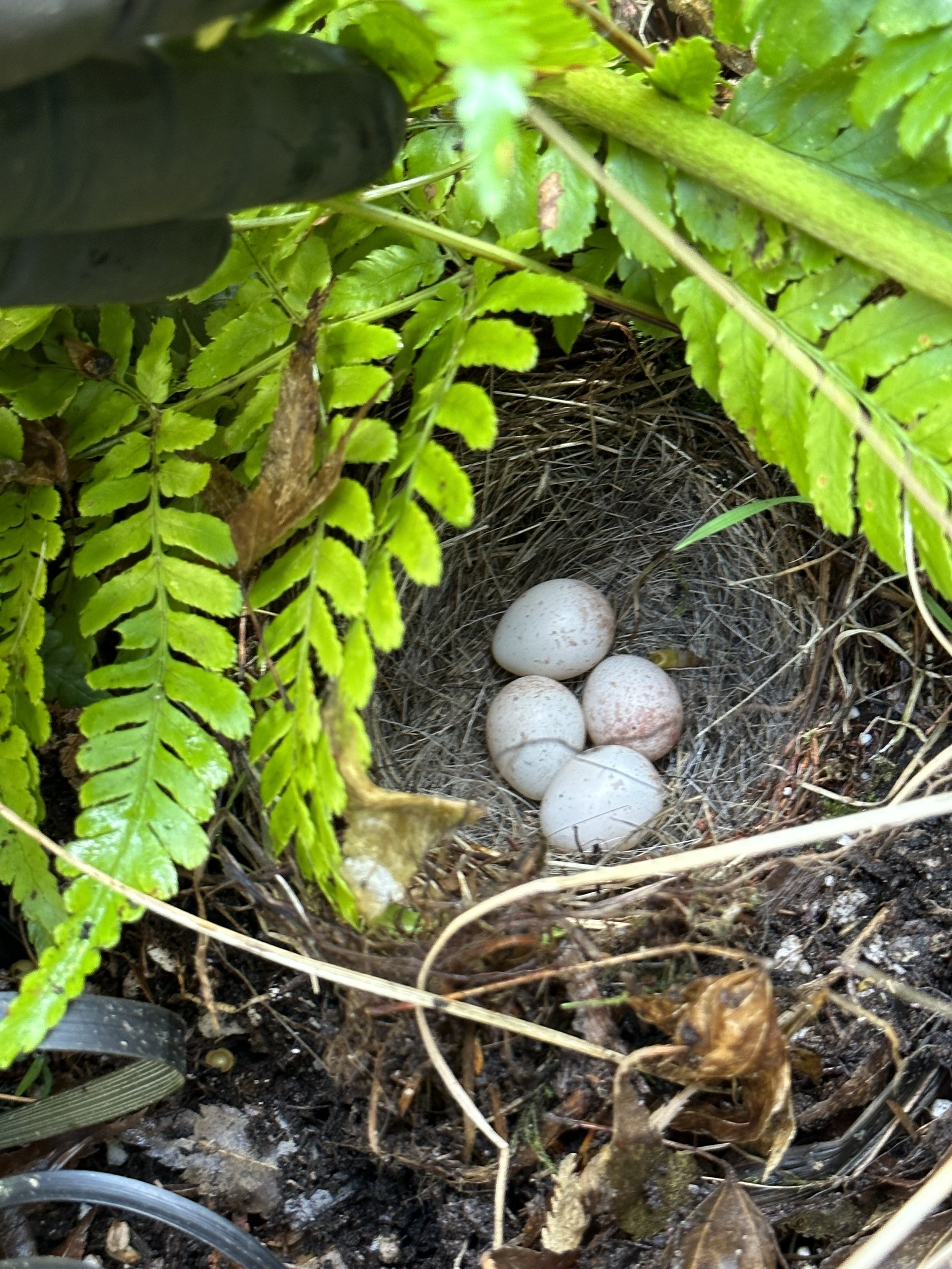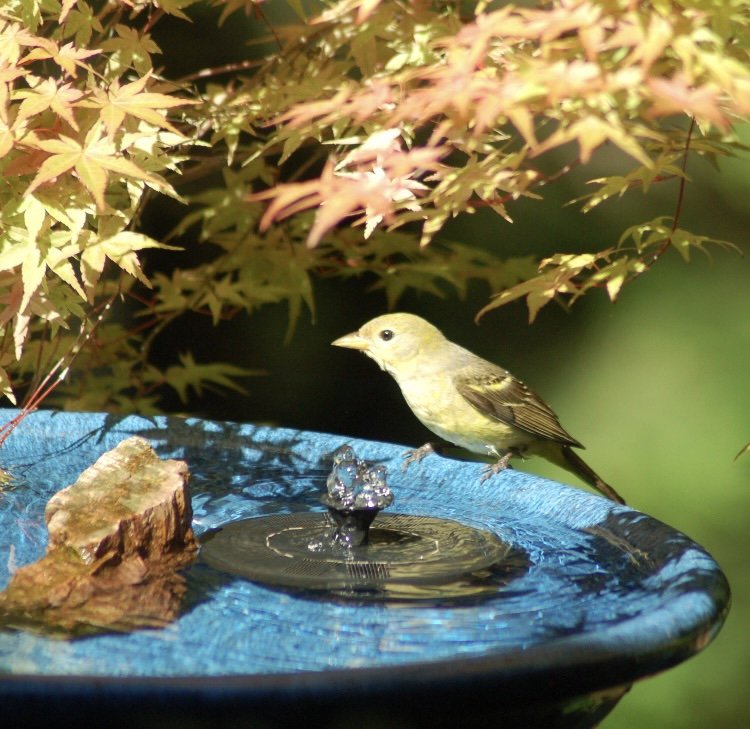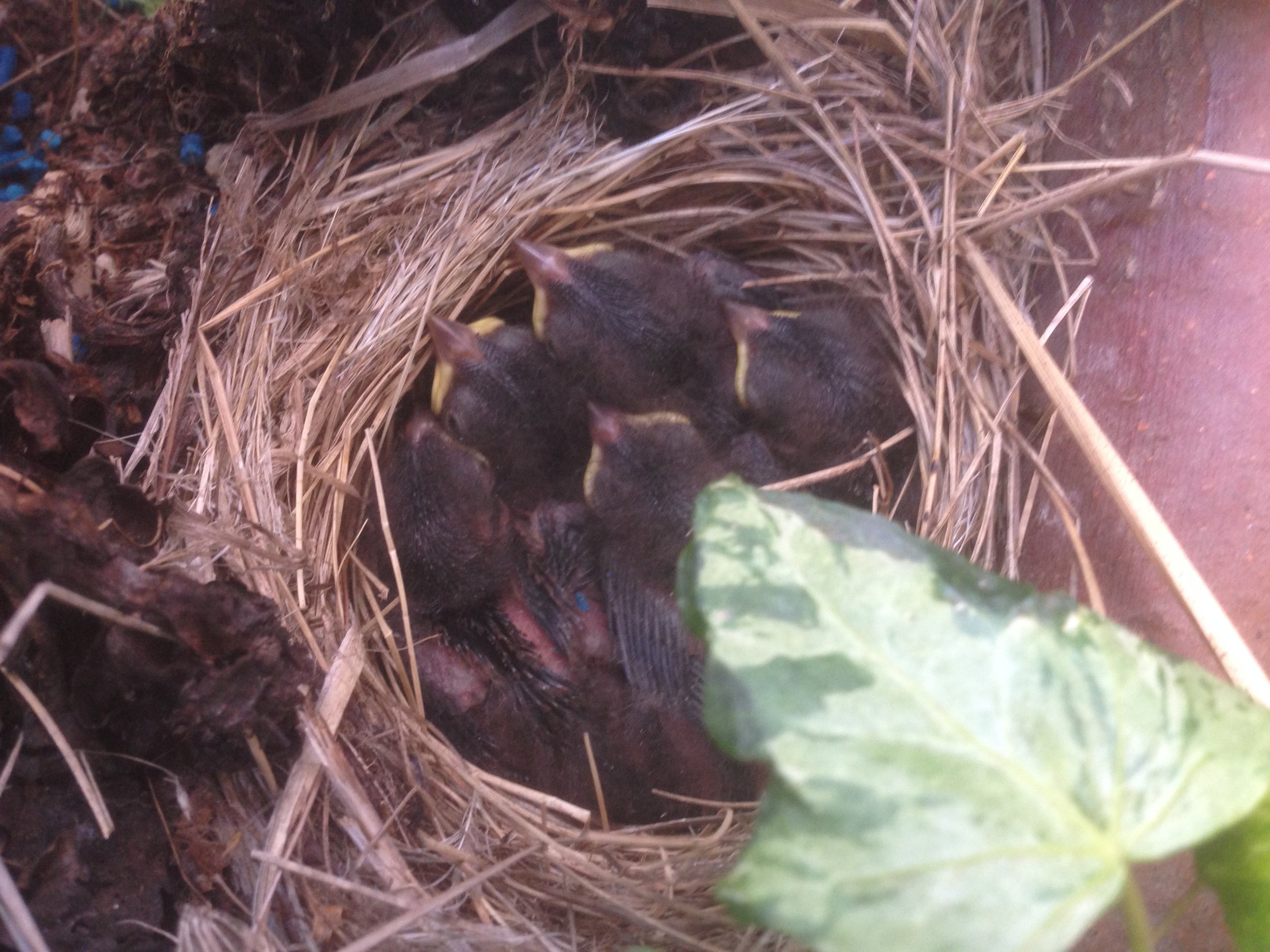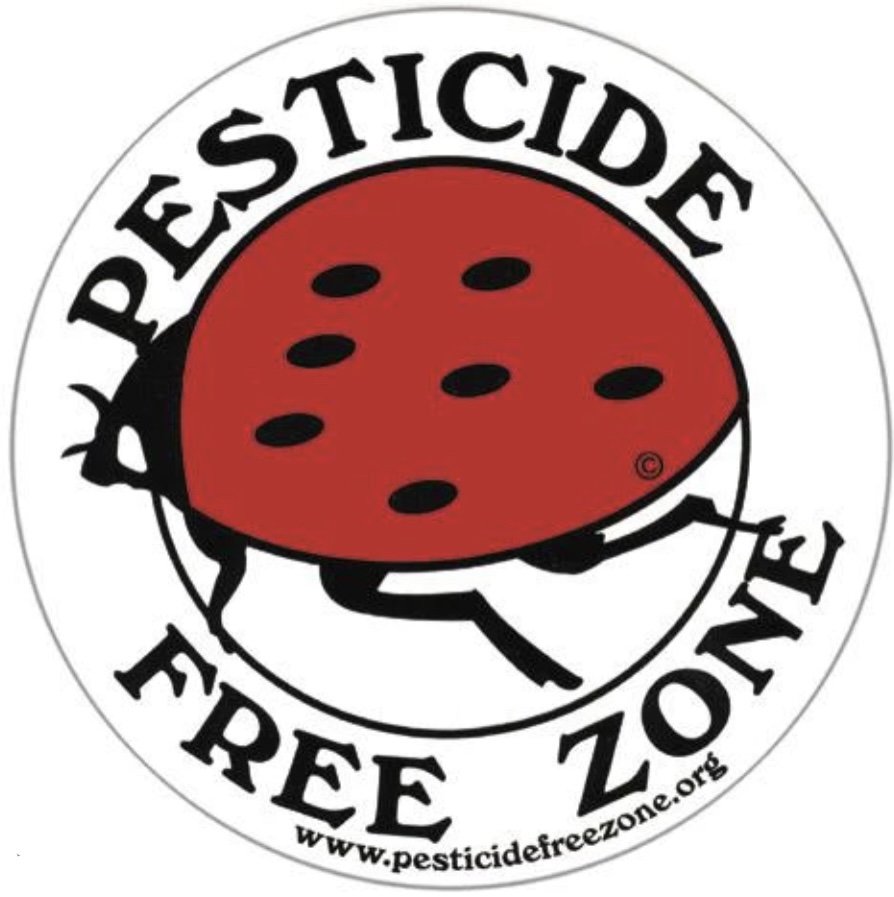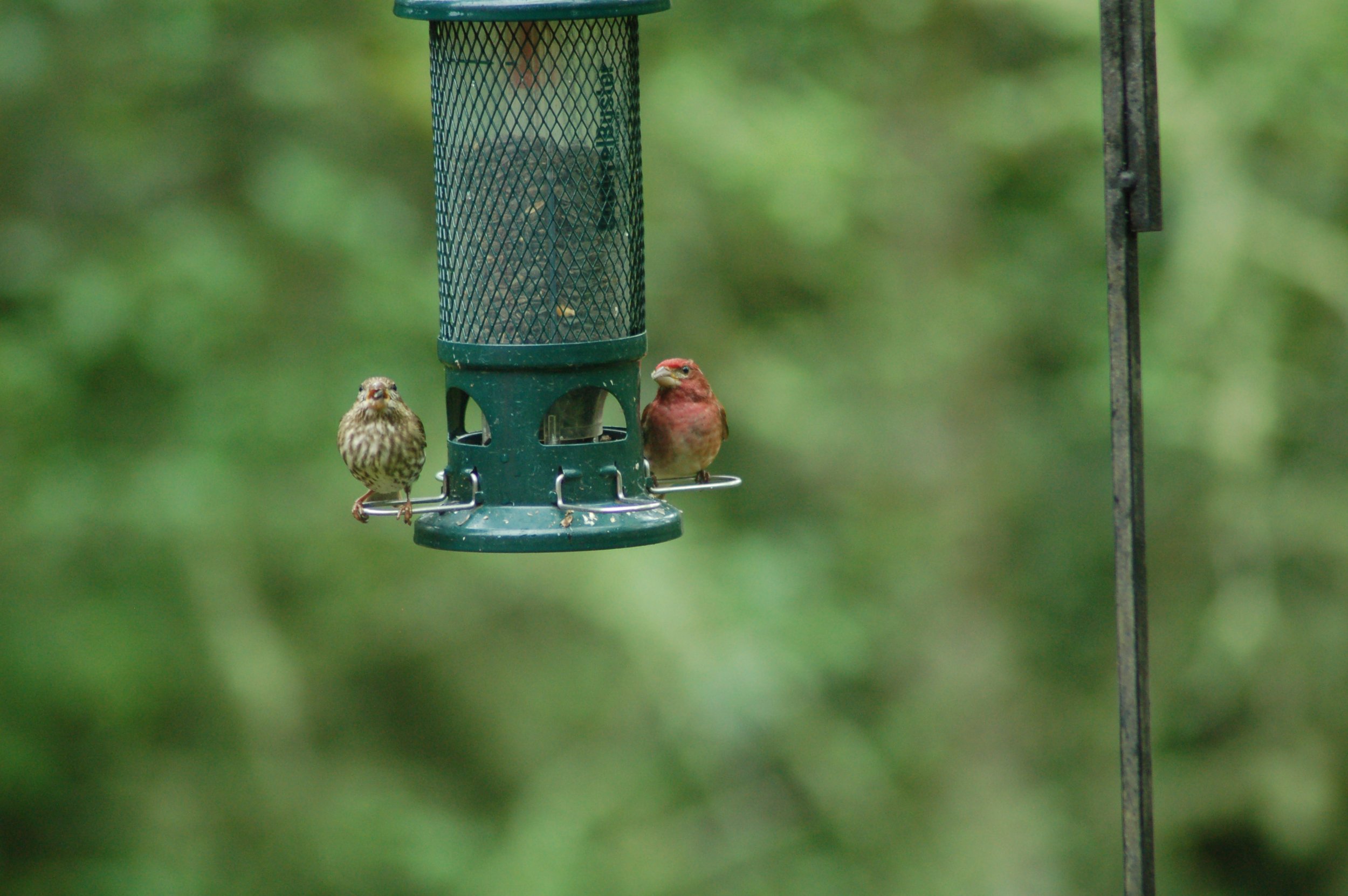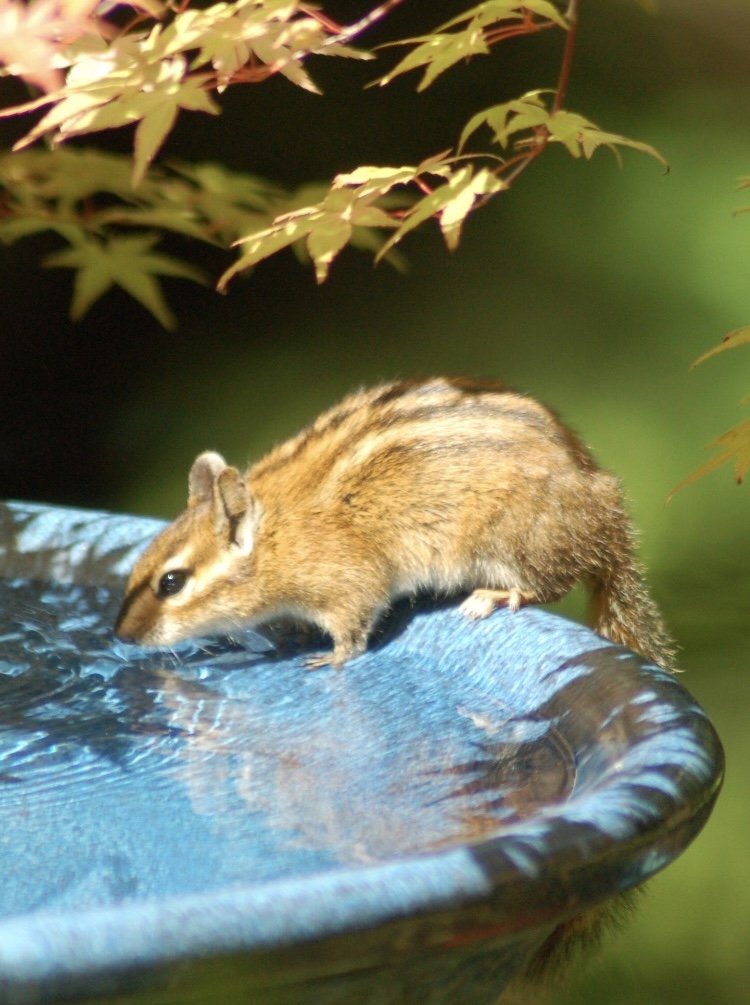So cute and demure…
but often a plant collector’s worst nightmare when they decimate your favorites indiscriminately!
Living with deer in the garden can be a challenge, but it's possible to create a garden that is both beautiful and deer-resistant… key word here: RESISTANT.
This spring I dug up and moved several roses to the bottom of the hill. The weather was warming so I was to watering more frequently, admiring the tough, transplanted roses. I saw the drastically defoliated roses the next day and I was shocked. These are some pokey roses! I’ll have you know they are still kicking with minimal foliage, but I have taken no measures to protect or prevent them since they were feasted on. I think I have resigned myself to tip #5, it has been okay allowing them space to eat what they might find delectable to protect my more coveted plants.
Here are some tips:
1. Choose deer-resistant plants: Flat out, some plants are more deer-resistant than others. Start with research deer-resistant plants for your gardening area/zone. Some examples include lavender, rosemary, wild ginger, sage, and yarrow. These specific examples all have extremely fragrant (some pungent) foliage, which is a great clue to start your search while shopping for plants at a nursery.
2. Install deer fencing: A physical barrier like a fence can help keep deer out of your garden. Make sure the fence is at least 8 feet tall and buried at least a foot into the ground to prevent deer from jumping over or digging under it. Ultimately, fencing is the most effective method, however it can be cost prohibitive and impede migratory wildlife, which may negatively impact your gardening environment.
3. Use deer repellents: There are many deer repellents on the market, including sprays, granules, and electronic devices. Some are more effective than others, so do your research before choosing one. For new plantings in a deer path, I find spritzing the foliage with water then sprinkling on cayenne pepper works well. You need to make reapplications after any rainfall. Trust me, they will sneak right in and take a test bite every so often.
4. Plant in raised beds or containers: Planting your garden in raised beds or containers can make it more difficult for deer to access your plants.
5. Create a distraction: Planting a separate area of your garden with plants that deer love, such as clover or kale, can help distract them from your other plants. This is my favorite method as I have seen several positive cases. I have come to call some of them my sacrificial deer plants.
6. Practice good garden hygiene: Deer are attracted to gardens with lots of weeds and overgrown plants. Keep your garden tidy and well-maintained to discourage deer from entering.
7. Be patient: Living with deer in the garden requires patience and persistence. It may take some trial and error to find the best strategies for your particular situation.





